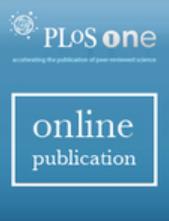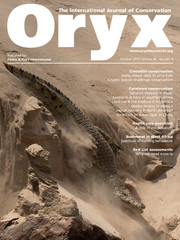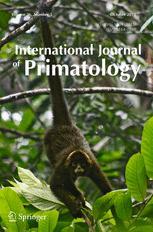|
Alumni Publications
 Althaus, F., Hill, N., Ferrari, R., Edwards, L., Przeslawski, R., Schönberg, C.H., Stuart-Smith, R., Barrett, N., Edgar, G. & Colquhoun, J. (2015) A Standardised Vocabulary for Identifying Benthic Biota and Substrata from Underwater Imagery: The CATAMI Classification Scheme. PLoS ONE 10, e0141039 Althaus, F., Hill, N., Ferrari, R., Edwards, L., Przeslawski, R., Schönberg, C.H., Stuart-Smith, R., Barrett, N., Edgar, G. & Colquhoun, J. (2015) A Standardised Vocabulary for Identifying Benthic Biota and Substrata from Underwater Imagery: The CATAMI Classification Scheme. PLoS ONE 10, e0141039
Imagery collected by still and video cameras is an increasingly important tool for minimal impact, repeatable observations in the marine environment. Data generated from imagery includes identification, annotation and quantification of biological subjects and environmental features within an image. To be long-lived and useful beyond their project-specific initial purpose, and to maximize their utility across studies and disciplines, marine imagery data should use a standardised vocabulary of defined terms. This would enable the compilation of regional, national and/or global data sets from multiple sources, contributing to broad-scale management studies and development of automated annotation algorithms. The classification scheme developed under the Collaborative and Automated Tools for Analysis of Marine Imagery (CATAMI) project provides such a vocabulary. The CATAMI classification scheme introduces Australian-wide acknowledged, standardised terminology for annotating benthic substrates and biota in marine imagery...
 Gupta, N., A. Kanagavel, P. Dandekar, N. Dahanukar, K. Sivakumar, V.B. Mathur & R. Raghavan (2015) God’s fishes: religion, culture and freshwater fish conservation in India. Oryx, available on CJO2015. doi:10.1017/S0030605315000691 Gupta, N., A. Kanagavel, P. Dandekar, N. Dahanukar, K. Sivakumar, V.B. Mathur & R. Raghavan (2015) God’s fishes: religion, culture and freshwater fish conservation in India. Oryx, available on CJO2015. doi:10.1017/S0030605315000691
Indigenous communities worldwide have long relied on their environment for survival. Religious and customary beliefs that foster community conservation have not only bound these communities to ecosystems but also assisted in the conservation of species. We provide an example of how religion fosters the conservation of freshwater fishes in India. Since ancient times rural communities in India have revered fish species as symbols of divine power, and offered them protection in pools associated with temples. Such voluntary, informal institutions and arrangements continue to help conserve several freshwater fish species that are otherwise subjected to anthropogenic pressure in open-access areas. However, religious beliefs in India are waning as a result of increased urbanization, modernization of societies and disintegration of rural communities, and the sustainability of existing temple and community fish sanctuaries is questionable...
 Link, A., Valencia, L. M., Cadena, C. D., Duque D., & Di Fiore, A. (2015) Phylogeography of brown spider monkeys (Ateles hybridus) in Colombia: Testing the riverine hypothesis. International Journal of Primatology 36: 530 – 547 Link, A., Valencia, L. M., Cadena, C. D., Duque D., & Di Fiore, A. (2015) Phylogeography of brown spider monkeys (Ateles hybridus) in Colombia: Testing the riverine hypothesis. International Journal of Primatology 36: 530 – 547
The high biological diversity of tropical forests has been attributed to various biogeographic mechanisms promoting diversification. Among these, the riverine barrier hypothesis postulates that populations of a species that become isolated on opposite sites of a major river may gradually diverge to form separate lineages. Brown spider monkeys (Ateles hybridus) are Critically Endangered primates are currently distributed along both banks of the Magdalena River in Colombia. Based on their pelage coloration, populations of A. hybridus on opposite sides of the river have been proposed to belong to two different subspecies: A. h. brunneus on the west bank and A. h. hybridus on the east bank. We sequenced portions of the noncoding HVI region of the mitochondrial D-loop (N = 41) and the COII gene (N = 35) from a total of 51 individuals from populations along both banks of the Magdalena River with the goal of evaluating the role of the river as a barrier to gene flow in this endangered primate...
See all publications
|